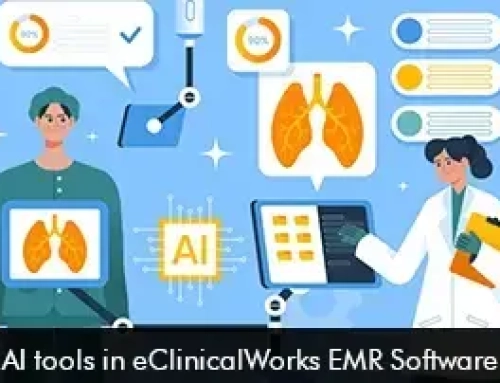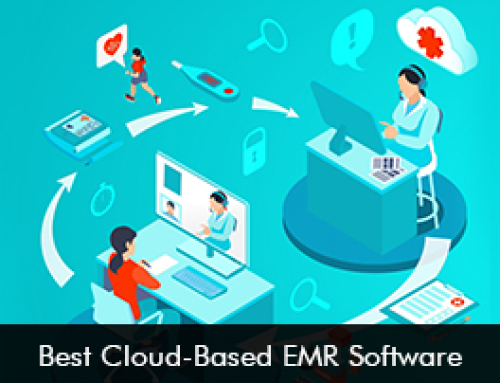Telemedicine is boosting at a rapid pace even more since the COVID-19 pandemic. Telemedicine EMR Software is being preferred by patients as it enhances access to care and offers convenience. Both telemedicine and Artificial Intelligence (AI) are the best combinations in healthcare to reduce costs and speed up the patient diagnosis process with greater precision and accuracy.
What is Artificial Intelligence?
The powerful AI technology uses machine-learning algorithms and software to imitate human cognition to evaluate, present and understand complex healthcare data that is used in patient treatment and diagnosis. Deep learning is also used for speech recognition technologies to facilitate and streamline the physician’s charting process. AI has revolutionized the healthcare system by providing a window of opportunity to analyze and understand data for better treatment results for patients and hence enhancing patient outcome levels.
How AI is used in Telemedicine?
When Artificial Intelligence (AI) and telemedicine software are used together it brings benefits to both practitioners and patients through quick processing of patient records and cutting of hospital and healthcare costs. Artificial intelligence is used in three types of telemedicine mainly,
- Patient Monitoring
- Healthcare information technology
- Tele-Diagnosis
Patient Monitoring
Remote patient monitoring is a method that gathers patient data outside hospitals and clinics, this data collection aims to track and monitor the health conditions of individuals. AI-based wearable devices help patients to provide real-time insights about patient’s health conditions such as heart rate, body temperature, and respiration rates. Monitoring tools using AI and machine learning helps clinicians to monitor patients’ health conditions even when they are not visiting them in person. This helps to avoid fatal health conditions as doctors can be alerted on time to take quick treatment action.
Health Information Technology
HIT or health information technology enables hospital systems to store and manage electronic data. This data is valuable as it gives insights into diagnosis and treatment plans. It includes Electronic Medical Records (EMR) software solutions and e-Prescription (e-Rx). HIT implementation would have been impossible without Artificial Intelligence. Hospitals use AI algorithms to retrieve medical data. AI technologies like natural processing support healthcare providers to group patient records and healthcare policies. By using neutral networks medical data can be stored without the risk of a scam.
Tele-Diagnosis
Tele-diagnosis is a clinical method of remote patient diagnosis. AI has proved to be fruitful in identifying early cancer stages. Tele-dermatology is another platform where Artificial Intelligence was used, such as convolutional neural networks were applied to detect skin cancer conditions including melanoma. When remote monitoring is combined with machine learning the diagnosis is enhanced. Clinicians can diagnose and treat diabetic retinopathy effectively through the Telehealth platform. Implementing telemedicine screenings for diabetic retinopathy reduced visits to specialty care providers by more than 14,000 for the Los Angeles Country Department of Health Services.
The Future of AI-driven telemedicine platform
AI-driven telehealth is providing care opportunities to patients in an efficient manner. The healthcare solutions offered by telemedicine and Artificial Intelligence will improve the treatment and diagnosis process and even give answers to logistical questions and challenges. When AI is used it also helps to cut on physician’s screen time which reduces clinician burnout. To provide better care and help providers support diagnosis AI and telehealth are the best recipe for healthcare systems.








